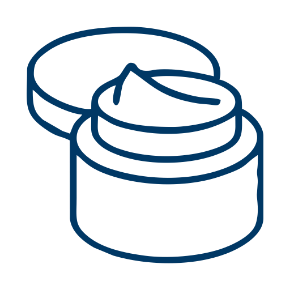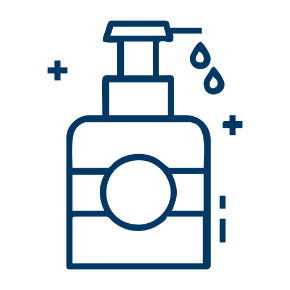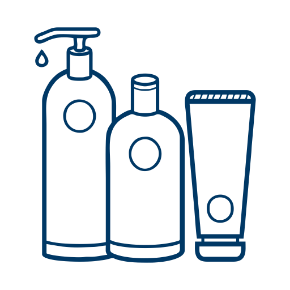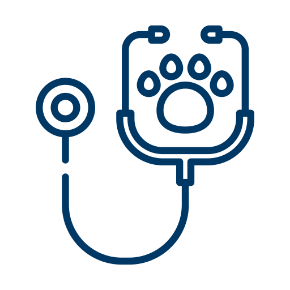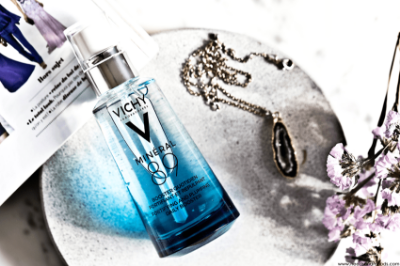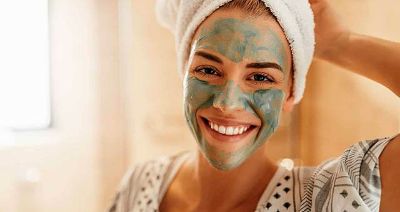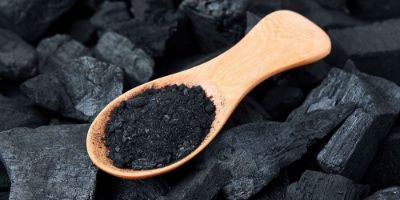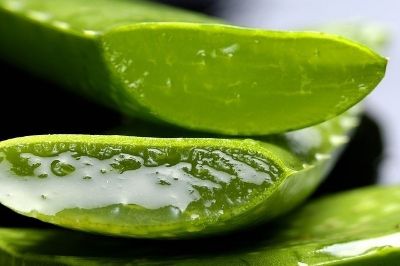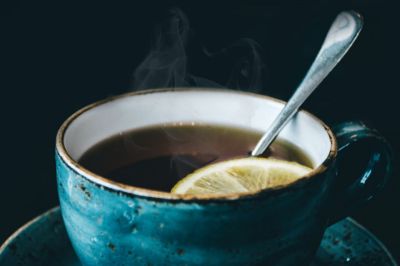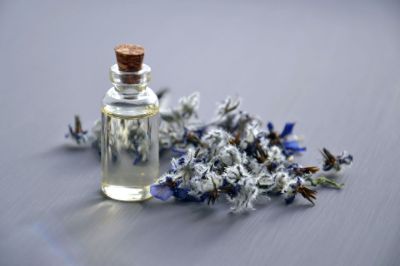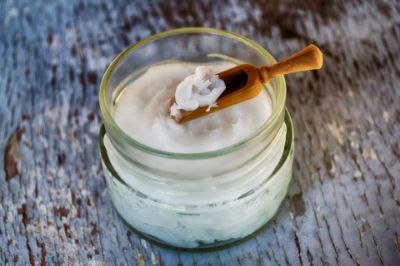If you love makeup, you probably know that hydrated skin is an essential part of a healthy, glowy look. Moisturizing certainly plays a vital role in a healthy complexion: water is responsible for giving skin its smooth, soft and velvety appearance, whereas dehydration will result in skin that is dull, rough and has fine lines. So, it makes sense that makeup applied on hydrated skin will look better, and also require less coverage. Here’s how.
Why is hydration so important for glowing skin?
Without adequate hydration, your skin feels tight and uncomfortable. Your skin is vulnerable to environmental factors like pollution and smoke. These aggressions can result in less smoothed skin, which makes makeup crease more easily. In addition, your complexion also becomes dry and flakey1, often resulting in more makeup being used to counteract these symptoms. That’s why it is important to first treat dehydration, in order to get your skin makeup-ready. and sensitive skin, but also to wrinkles and dark spots3. For your makeup routine, this implies having to add heavy layers to cover up fine lines, blemishes and redness, without treating the real problem. But now you can reduce the affect of all these issues with Minéral 89! This skin booster creates a film over the skin’s surface to decrease pollution adherence. The result? Healthy skin to obtain a natural coverage.
How can Vichy Mineral 89 improve the appearance of your makeup?
Minéral 89 can be beneficial for all steps of your makeup routine. The first one is to use the booster to prepare the skin, even before your usual primer, foundation or concealer. This not only helps to improve application of products to the skin, but also smooth skin to help have a more even coverage for a glowing, healthy skin. If you have sensitive skin, Minéral 89 can unify skin and reduce any discomforts you may experience.
With the skin booster, you won't have to worry about your makeup drying out early on, as it helps to lock in moisture all day long. It can also smooth out skin, helping it to look radiant and healthy. Before bed, remember to remove all your makeup and apply the skin booster one more time. You can bet your skin will be less dehydrated and smoothed by morning.
Who can use Minéral 89?
Minéral 89 is recommended for all skin types. Its lightweight texture makes it perfect for oily, and sensitive skin types. It can be used day and night, as the first step of your skincare routine- booster first, cream second. So, before putting on makeup and your sun protection, don’t forget to apply Minéral 89.

